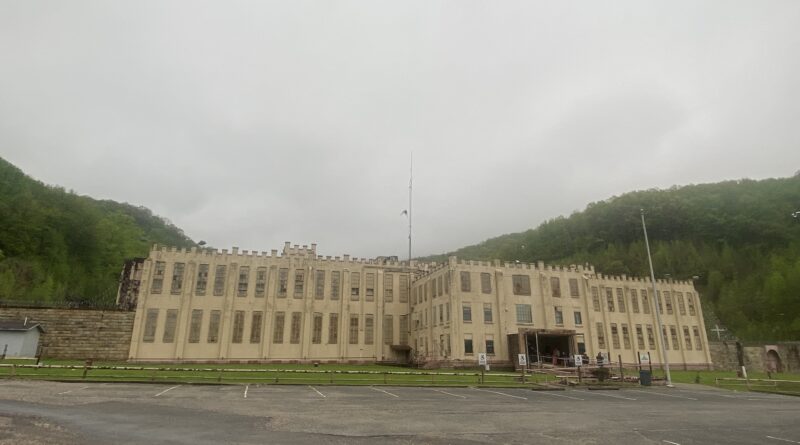Local Legends: Brushy Mountain State Penitentiary
Just a short hour’s drive from campus is Petros, TN, home of Brushy Mountain State Penitentiary—or what is left of it. Nowadays, the defunct prison lives on as an attraction that folks can tour. It also functions as a distillery, music venue and restaurant. It even offers paranormal tours where groups can stay overnight and investigate the many hauntings that Brushy allegedly has. But things weren’t always so light-hearted at this notorious prison.
As the website puts it, “The gates to hell opened in 1896.” Brushy Mountain State Penitentiary got its beginning after the Coal Creek War. As the coal mining industry took off in Tennessee, mining companies would create company towns. Coal companies owned these communities, where workers would live and purchase goods at high prices.
This put many workers, who were already underpaid, into debt. The miners protested, and the companies responded by using a prison lease system. This would allow companies to bring in inmate workers to work the mines for no pay.

Enter the Coal Creek War, a labor uprising in Anderson County where citizen-miners attacked and burnt down the state prison. The conflict between the miners and mining companies lasted several months until Brushy Mountain emerged as both a prison and coal mine operation. It was built by its own inmates, who also built an onsite railroad spur and worked the surrounding coal mines.
Brushy could be brutal. In the courtyard of the prison, between the gymnasium and surrounding cell blocks, there still stands a whipping post from the late 1800s. If inmate workers didn’t make their coal tonnage, they would be hooked to the post and beaten with leather straps. According to the guide at the prison, this practice wasn’t eliminated until 1966. Our guide said that the goal for some guards was the dehumanization of the inmates. It was common practice for guards to place inmates in “The Hole,” a single, small room with no bed. They would be given two buckets, one for fresh water and one to use as a bathroom.

When the lights were turned out, there was only blackness. Our guide said that to prevent inmates from going blind, they would bring prisoners from “The Hole” to the D-Block (maximum security) to allow them to regain vision before putting them back in “The Hole”.
Sickness and violence ran rampant in the often overcrowded prison, and there were many murders. Bodies were reportedly stacked in unmarked mass graves. There were an estimated 10,000 deaths over the history of Brushy Mountain.
With so much death and suffering surrounding the prison, it is no wonder that ghost-hunters with a desire to witness supernatural activity come to Brushy Mountain to hold investigations. For a mere $480, lovers of the paranormal (6 people max) can roam the halls of Brushy Mountain from 10:00pm – 2:00am to see if they can catch evidence of life after death. Brushy Mountain’s creep factor doesn’t just affect tourists; our guide told us he never enters the D-Block during his tours because “that’s where bad things happened.”

Brushy Mountain State Penitentiary is a wealth of history and for better or worse, has been a source of income for generations of families in Petros, which has a population of 526 people according to a 2020 census. When the prison shut down in 2009, it was hard on the local community. While it may seem strange to see the prison repurposed, especially to ex-inmates like our guide, it serves as a source of economic revenue for the small town.
Those interested in visiting can purchase tickets on-site or through the website at www.tourbrushy.com.

